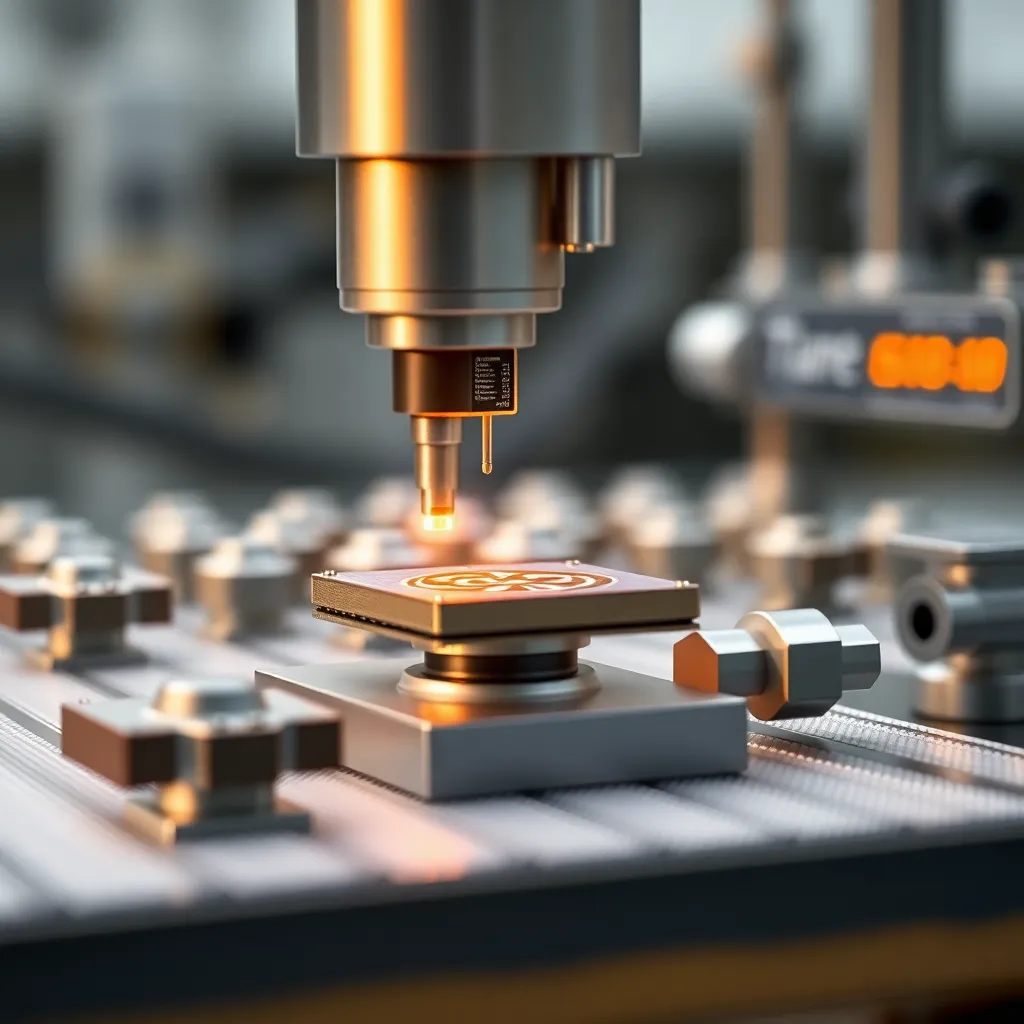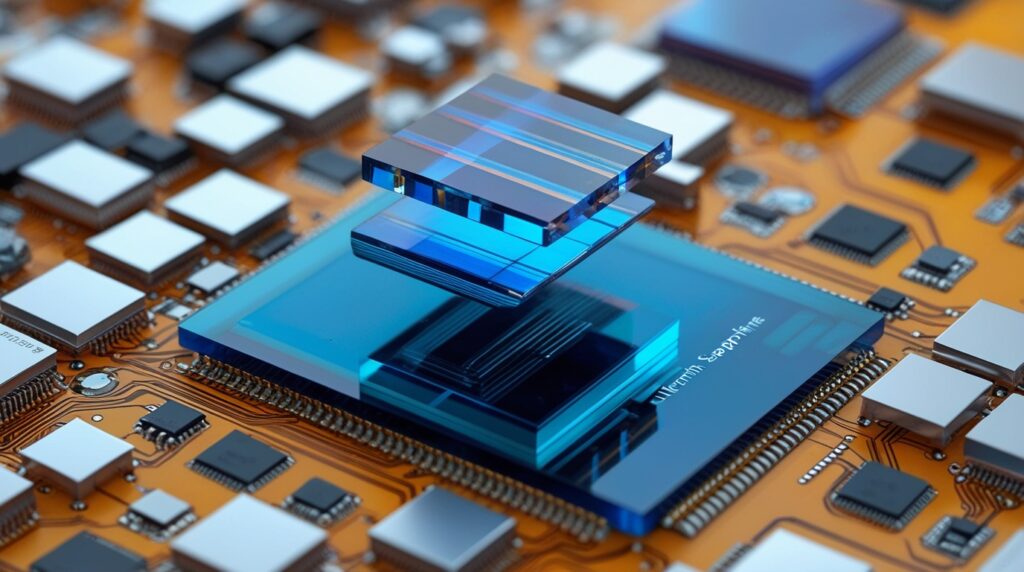Top-Down vs. Bottom-Up Nanofabrication
What is Top-Down Nanofabrication? Top-down nanofabrication is a method in which bulk materials are progressively reduced to create nanoscale structures. This approach can be likened to a sculptor carving out a statue from a template by removing material, rather than building up from the atomic level. One of the most significant techniques within this method is photolithography, where short wavelength light or electrons (in the case of e-beam lithography) are used to pattern a photoresist. Subsequent etching processes, such as chemical, plasma, or reactive ion etching, then remove the material beneath the photoresist to form the desired nanostructure. Etching plays a crucial role in top-down nanofabrication. This process involves removing […]

